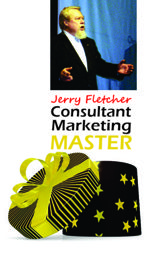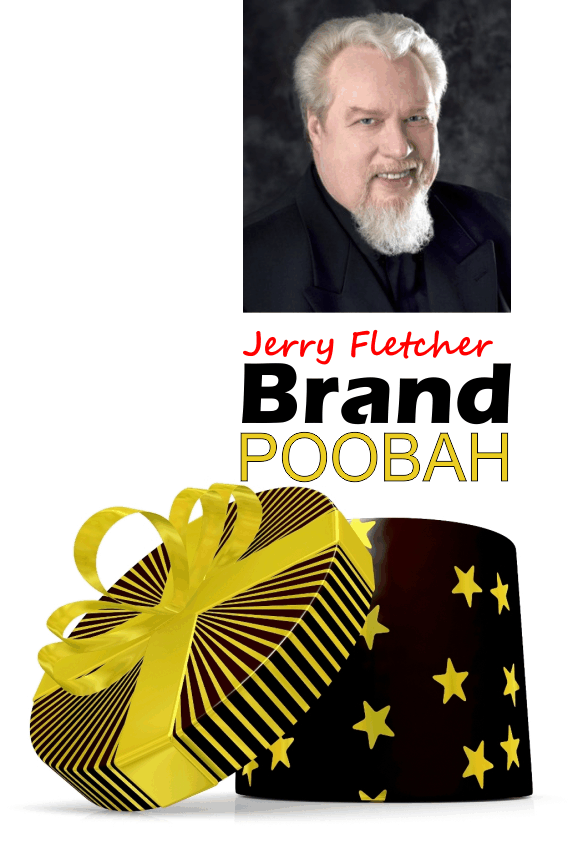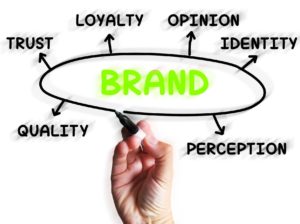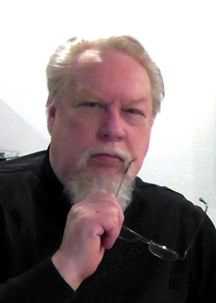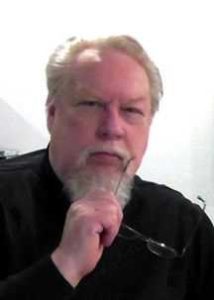
Serendipity is what happens when we make unexpected connections and create possibilities that never existed before.
For elite marketers it is not a matter of chance.
It consists of three components:
- Relevance
- Novelty
- Unexpectedness
Those can be combined in each and every piece of content and every behavior you exhibit in your business. The quality you need to strive for is to be both surprising and useful.
How to get to serendipity:
- Follow the yellow brick road. Like Dorothy in the Wizard of Ozyou must be open to the possibilities. Take the road untaken, the path that may lead to connections. Go into your search with an open mind. Find the strengths in apparent weaknesses. Search for triggers. Find bridges that connect results.
- Look for outcomes from combinations. Events may not be wholly beneficial taken individually but the unanticipated, unexpected and unsought can produce accidental discoveries that benefit you both short and long term.
- Speak about your experience. The innovative value of your coincidental success needs to be shared. Incorporate the findings in a story.Let your passion spill over into the telling.
An example Christian Mickelsen offered food to his audience that had just returned from lunch. There were few takers. He then changed the offer to dessert. A few more showed interest. Next he described the dessert as chocolate covered strawberries. Over 70% of the crowd was interested. Enthusiastically! He learned how the more specific an offer is the more powerful the connection with the audience. All of us can apply that serendipitious finding.
Look for fortunate strokes of Serendipity to move from Credibility to Cash
And so it goes
Jerry Fletcher is a sought-after International Speaker, founder and CEO of Z-axis Marketing, Inc. See Jerry’s speaker demo reel.
His consulting practice, founded in 1990, is known for on and off-line Trust-based Consultant Marketing advice that builds businesses, brands and lives of joy.
Credibility to Cash TM is his latest way to share experiences so you can take your business up a notch…or two.
Consulting: https://www.JerryFletcher.com
Speaking: https://www.NetworkingNinja.com

